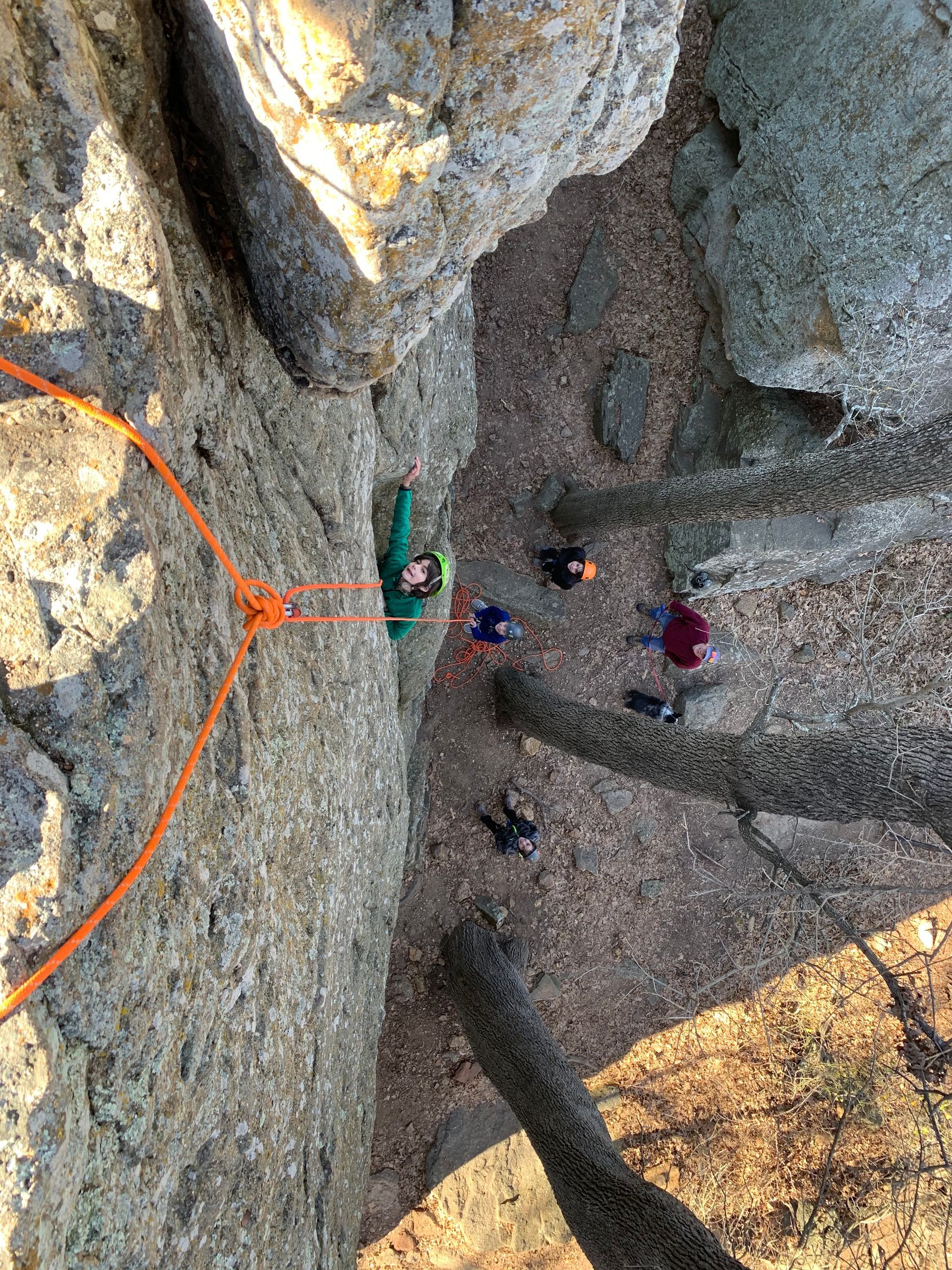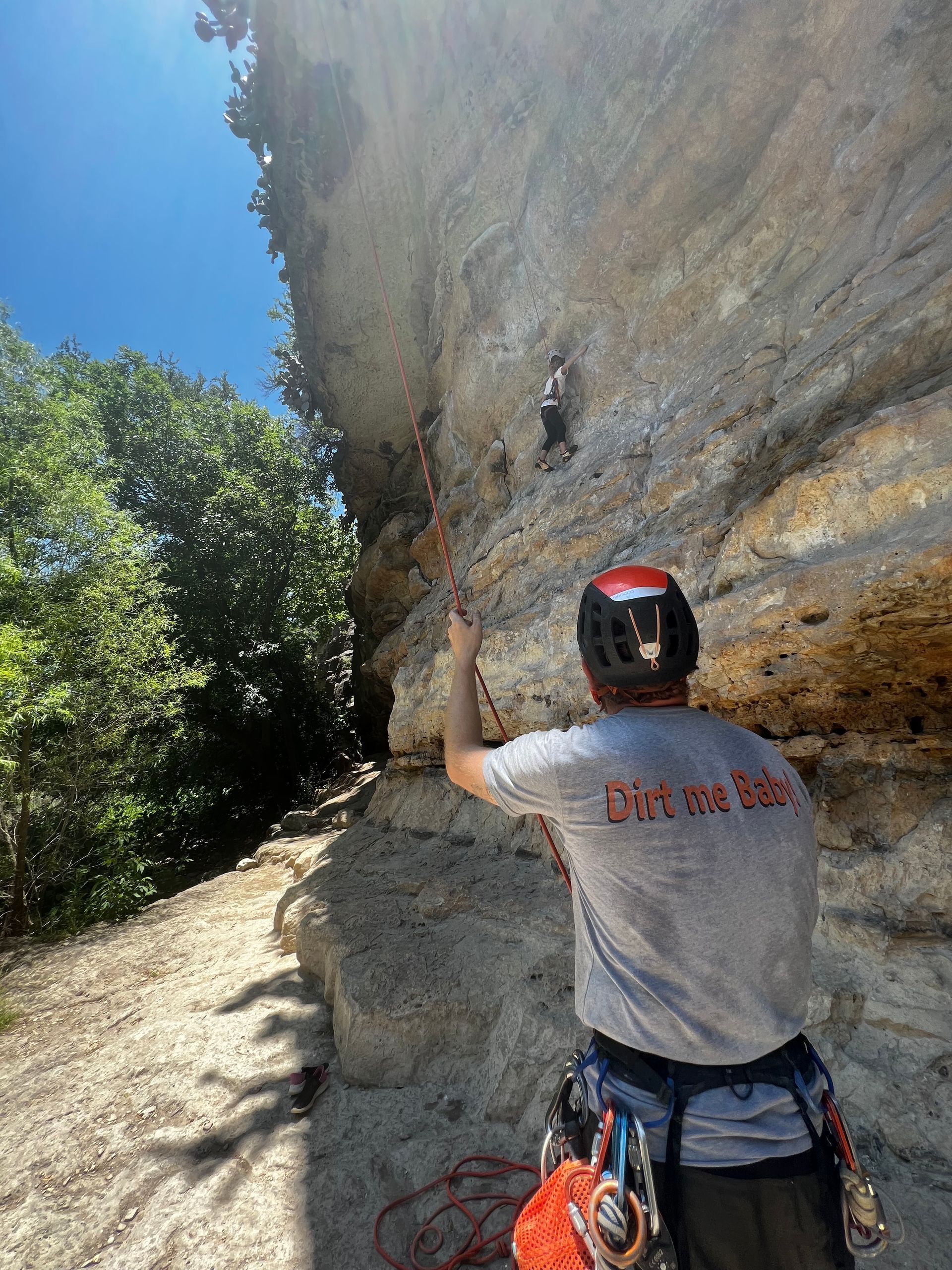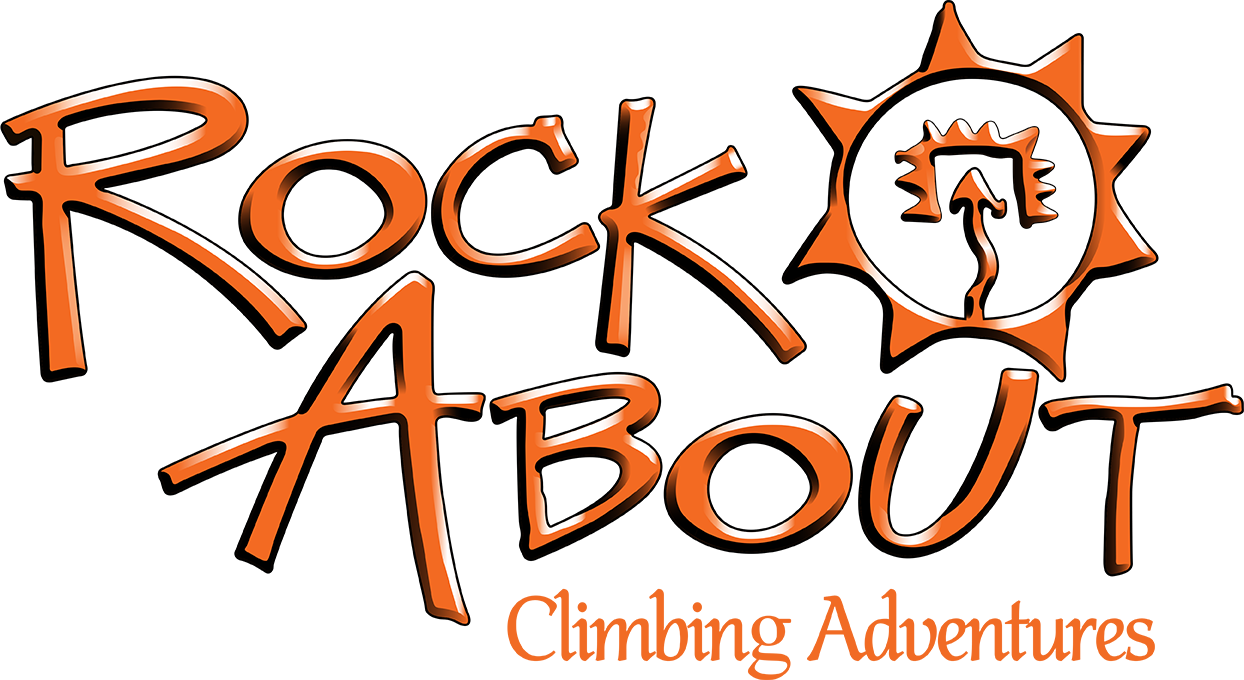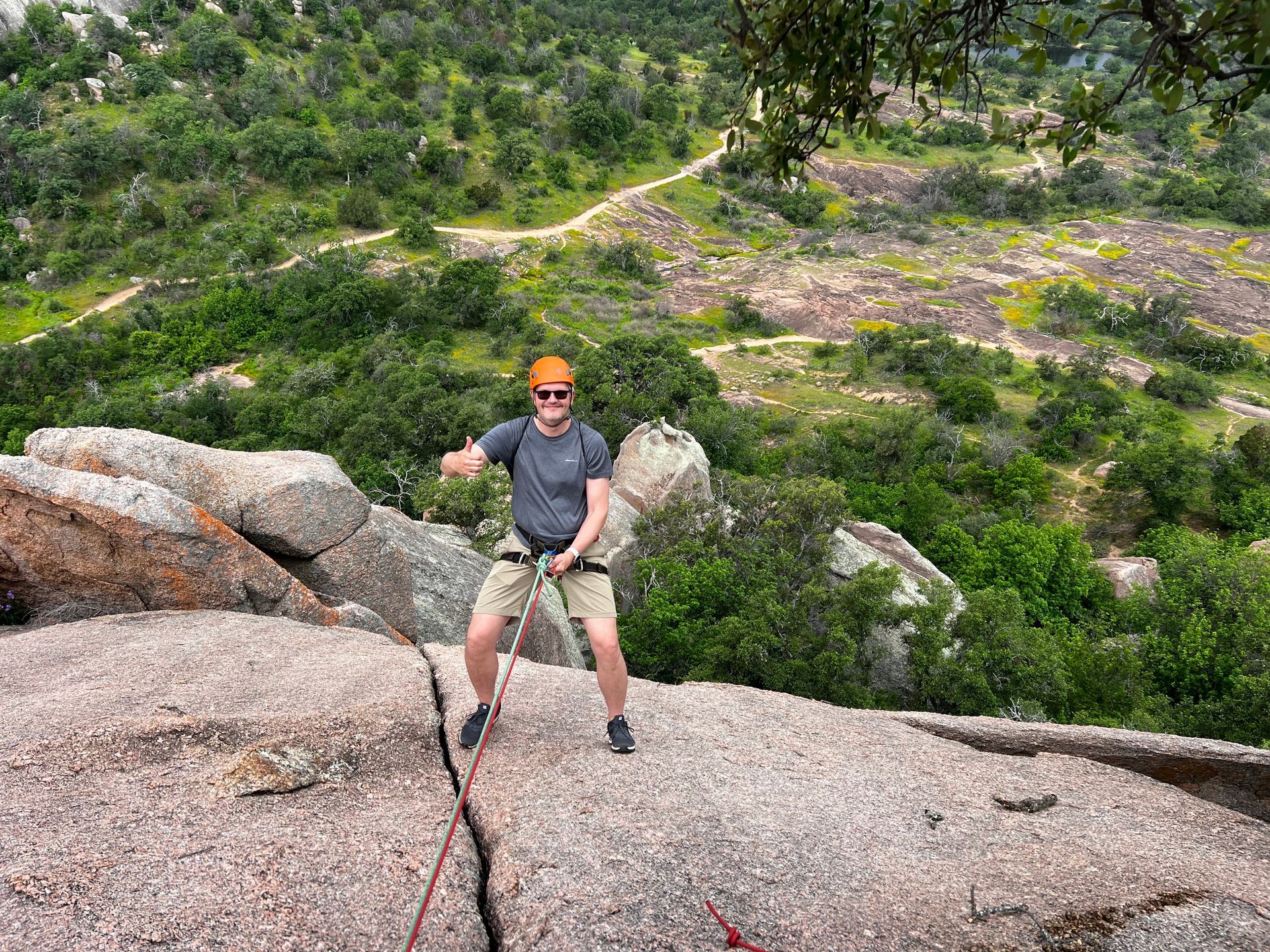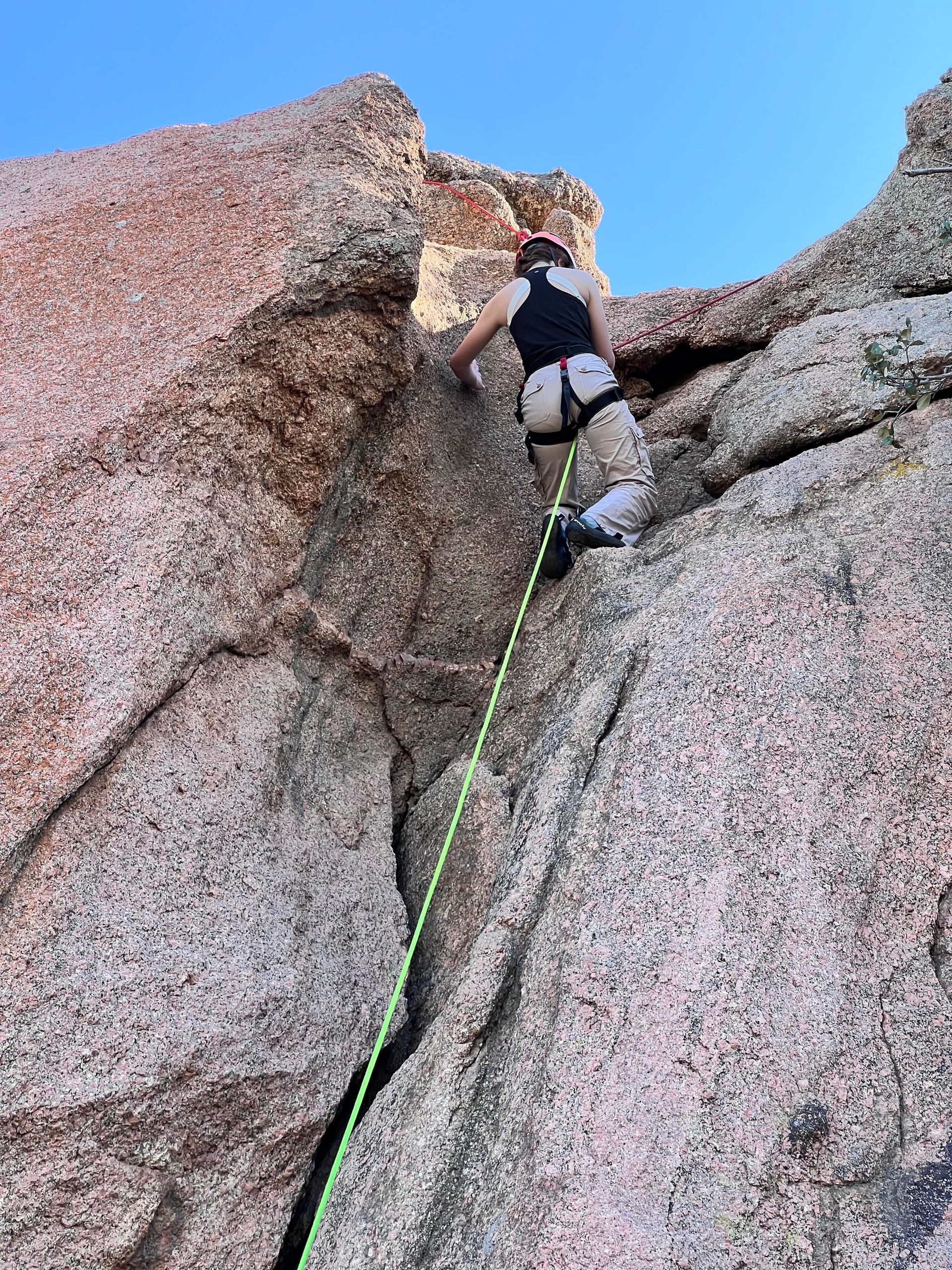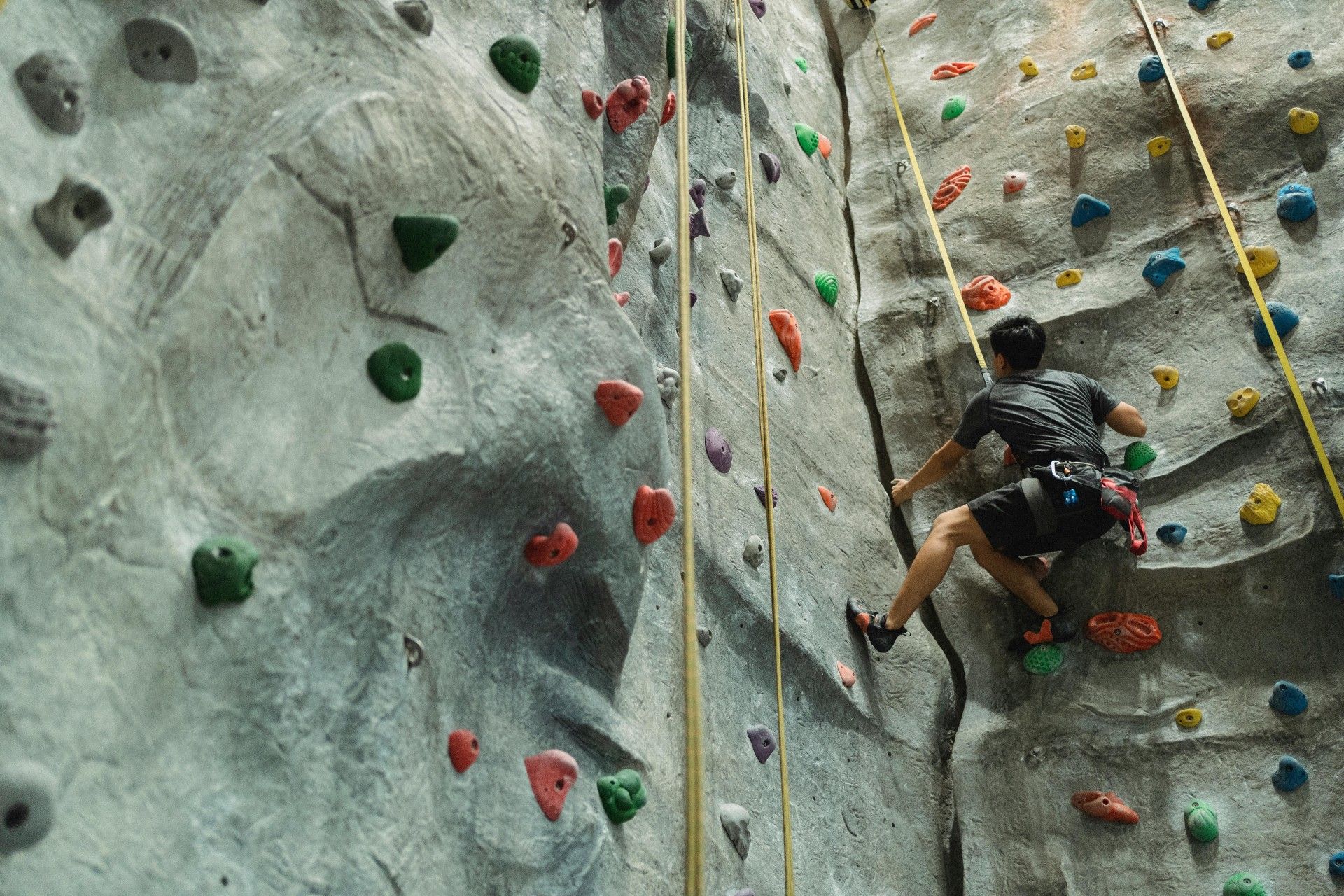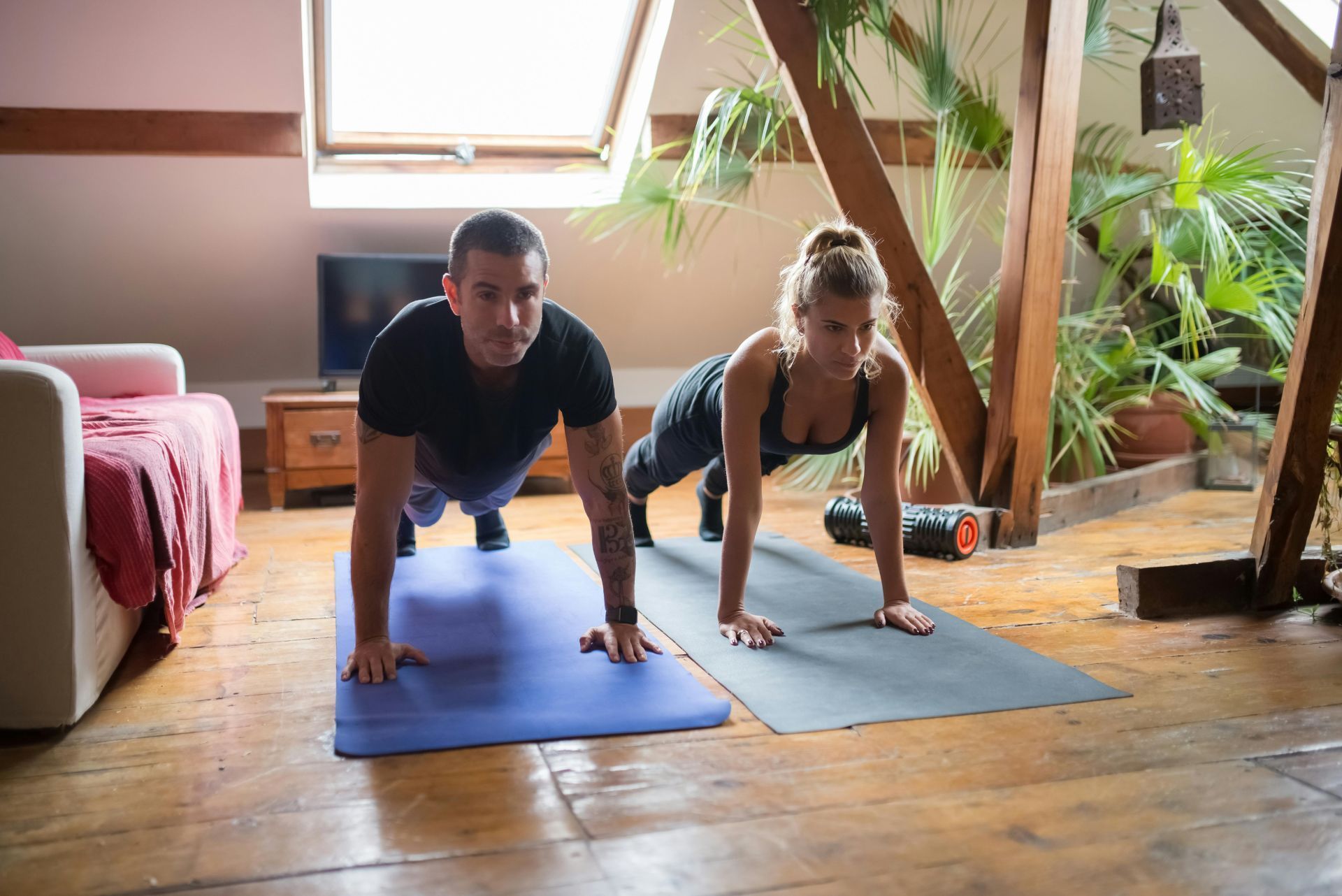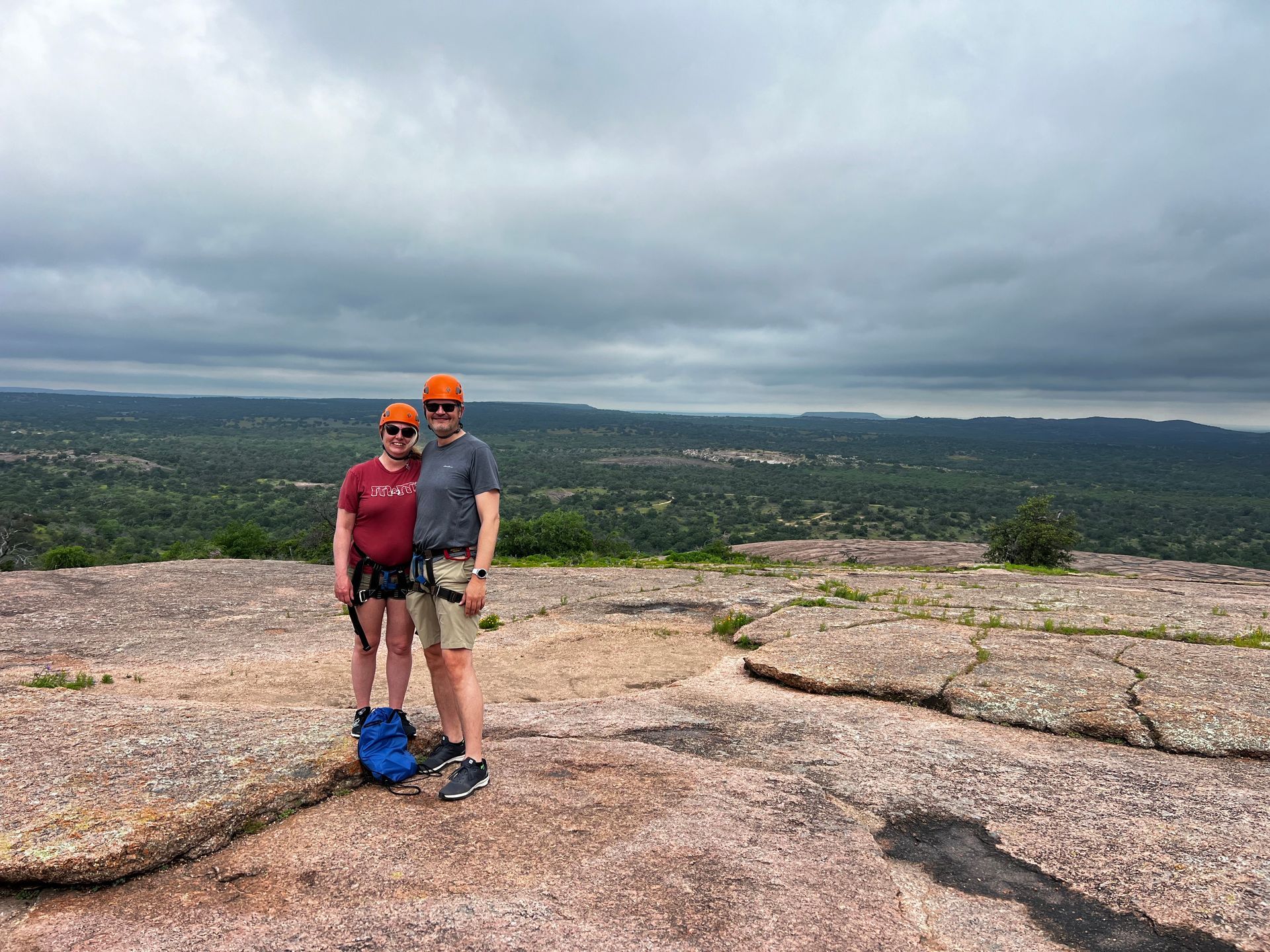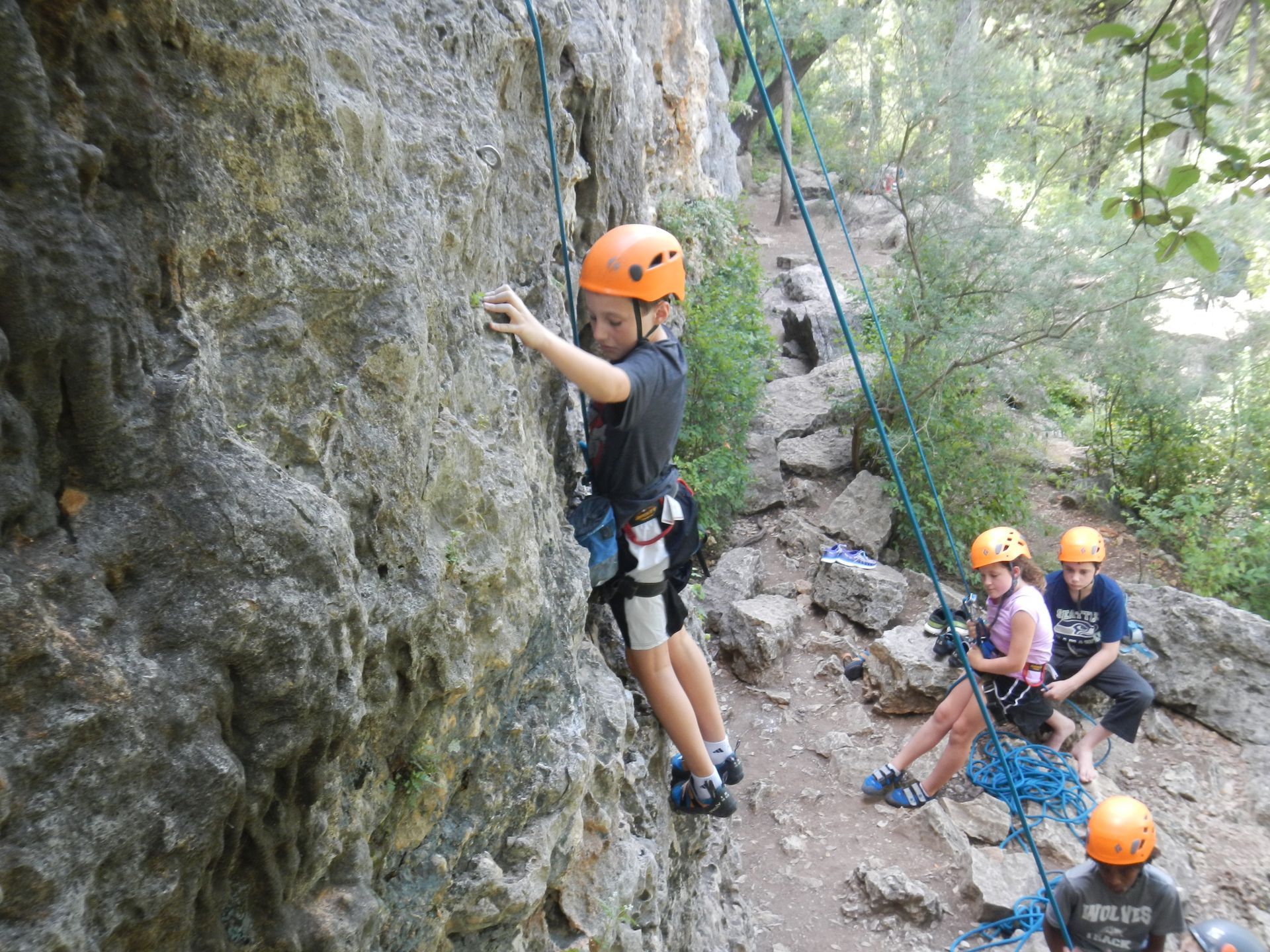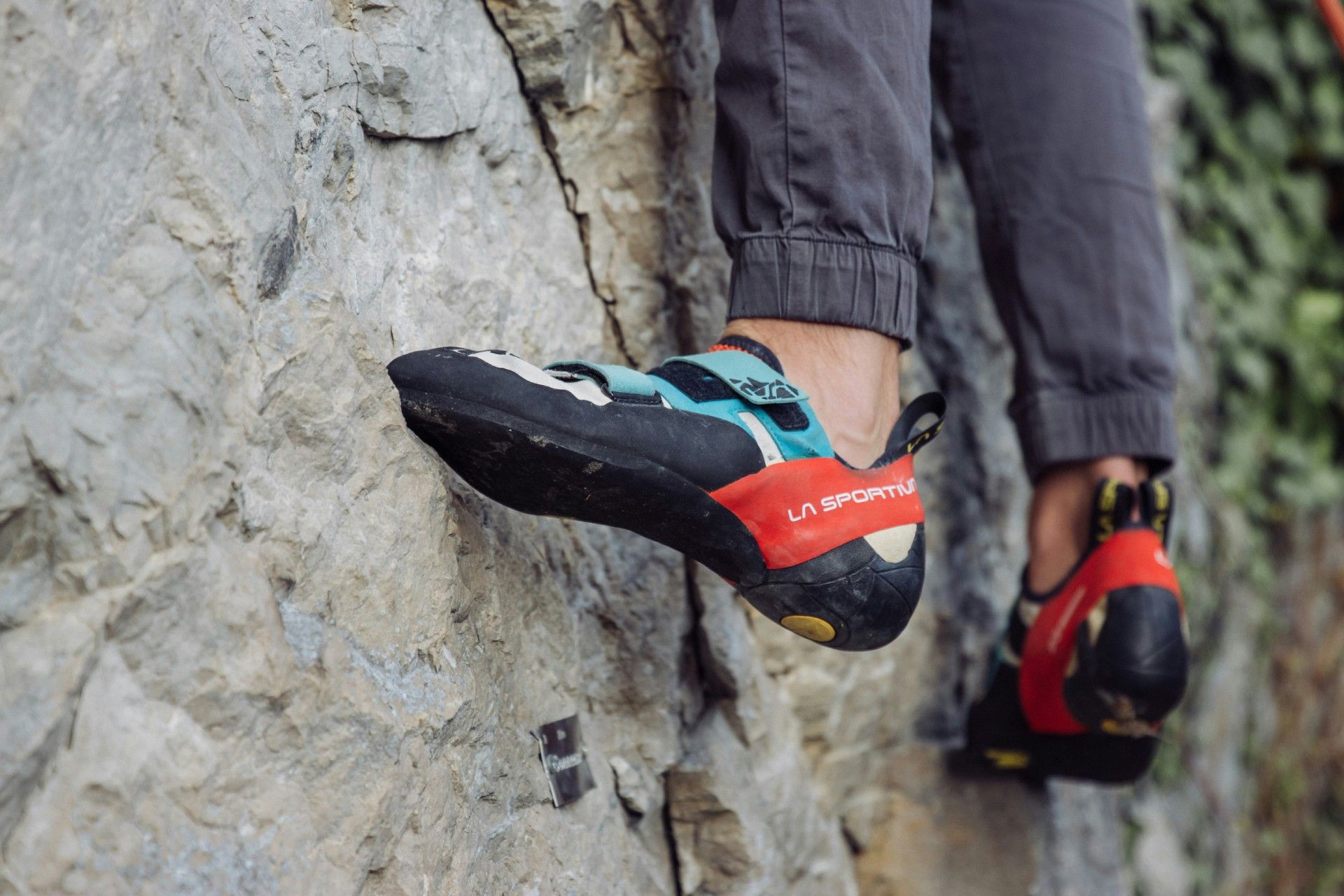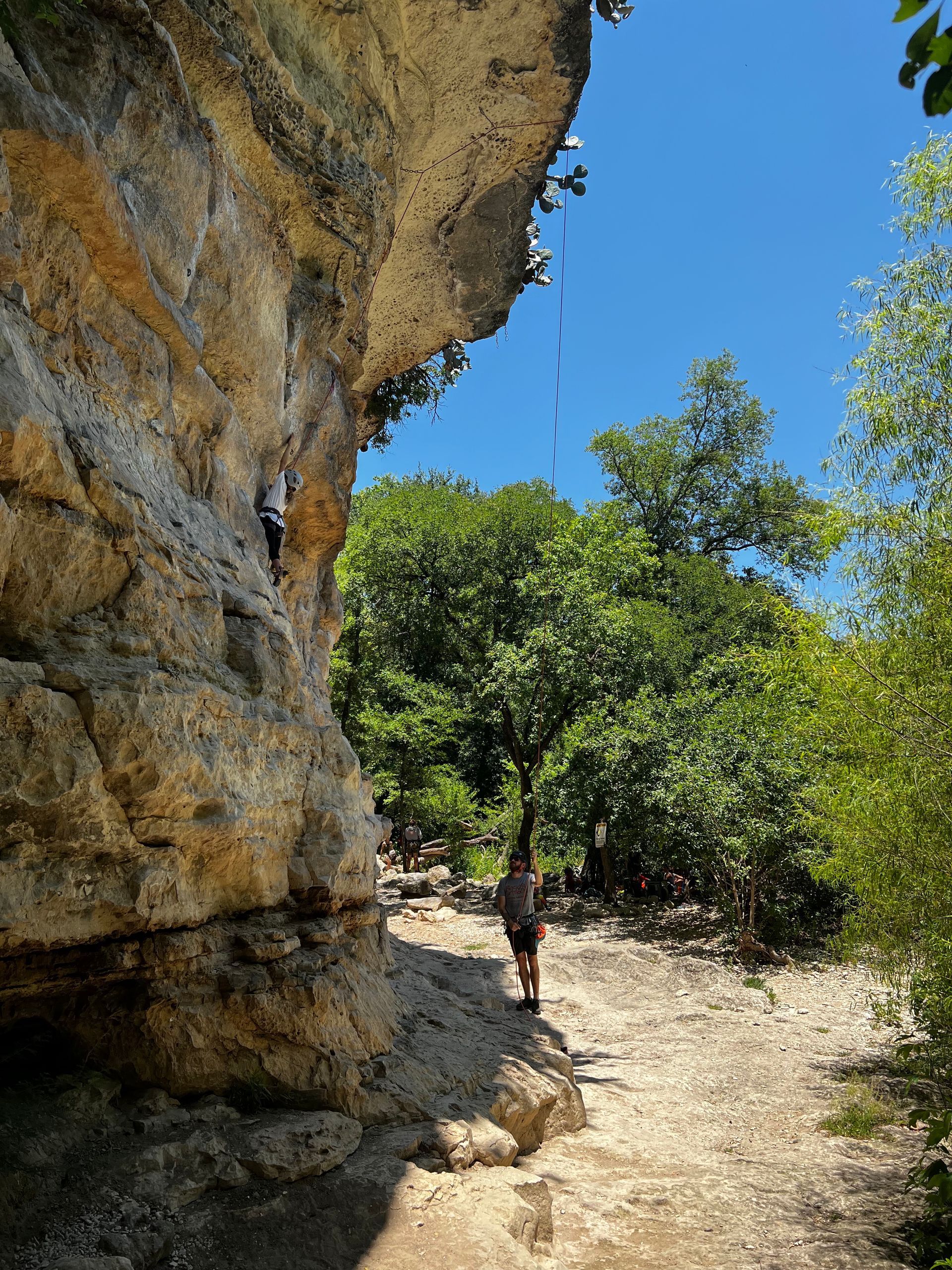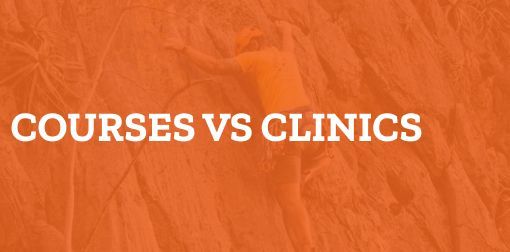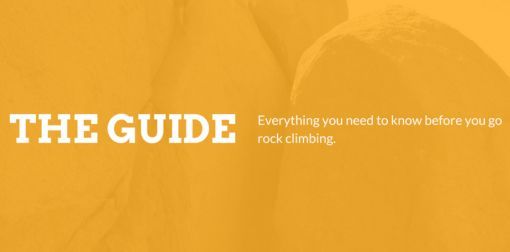What Muscles do Rock Climbing Work Out?
Rock climbing is not only an adventurous and mentally stimulating activity but also a comprehensive full-body workout. Rock climbing tests and trains a variety of muscle groups, making it one of the most holistic approaches to physical fitness. It involves techniques like grip, balance, and strategic planning that utilize various muscles to different extents. It engages multiple muscle groups, each of which plays a specific role in helping you navigate the vertical terrain. Here’s a breakdown of the primary muscles that rock climbing works out:
Key Takeaways
- Rock climbing is a full-body workout that strengthens forearms, biceps, shoulders, core, and legs while improving grip strength and endurance.
- Engaging both upper and lower body muscles, climbing builds balance, flexibility, and coordination that transfer into everyday fitness.
- Core stability from muscles like the obliques and transversus abdominis is critical for maintaining control on the wall.
- Lower body muscles—including quads, hamstrings, and glutes—provide powerful pushes and stability for efficient movement.
- Consistent rock climbing training not only boosts strength but also enhances proprioception, balance, and mental focus for safer climbs.
Upper Body Muscles
- Forearms: Your forearm muscles are critical for gripping holds. The flexor digitorum profundus and flexor carpi radialis are particularly active in maintaining grip strength.
- Biceps: These muscles are engaged when you’re pulling yourself up to the next hold. Biceps brachii helps in flexing the elbow.
- Triceps: Triceps brachii helps in extending the elbow, which is useful for moves that require pushing yourself up or maintaining a locked arm position.
- Shoulders: Your deltoids are at work when you are reaching for new holds or pulling yourself up. The rotator cuff also helps stabilize the shoulder joint.
- Upper Back: The latissimus dorsi is vital for pulling actions, while the trapezius helps in shoulder stabilization and movement.
Core Muscles
- Rectus Abdominis: The “six-pack” muscle is engaged during climbing, especially when you need to maintain body tension or make dynamic moves.
- Obliques: These are used in any twisting or lateral movements, helping you reach holds that are off to the side.
- Erector Spinae: These muscles run along your spine and help you maintain an upright position, which is essential for balance.
- Transversus Abdominis: This muscle is responsible for stabilizing the core, which is critical for maintaining your position on the wall.
Lower Body Muscles
- Quadriceps: These are essential for pushing yourself up and extending your knees, especially during moves like mantle shelves or high steps.
- Hamstrings: These muscles help in knee flexion and are particularly useful during heel hooks and other complex leg movements.
- Calves: Both the gastrocnemius and soleus are used for pushing off footholds and for maintaining tension in overhanging climbs.
- Glutes: Your gluteus maximus is crucial for hip extension, while the medius and minimus help in stabilizing the pelvis.
- Hip Flexors: These muscles help in high stepping and hip rotation, enabling you to make more extended reaches with your legs.
Auxiliary Muscles
- Wrist Extensors: These muscles balance out the heavy work done by the flexors, allowing you to maintain grip without fatiguing as quickly.
- Serratus Anterior: Important for scapular stability and movement, aiding in better arm extension and reach.
- Adductors: These inner thigh muscles help in keeping your legs closer to the wall, which can improve balance and stability.
A Full-Body Workout In Rock Climbing
Rock climbing is a full-body workout that taxes various muscle groups. A balanced training routine, incorporating both climbing-specific exercises and general fitness, can help improve your climbing performance. This includes a mix of aerobic conditioning, strength training, and flexibility exercises to complement the specific muscular demands of climbing. By understanding the muscles involved, you can better focus your training efforts, helping you scale walls more efficiently and safely.
Whether you’re bouldering, sport climbing, or tackling a traditional route, you’re likely engaging a myriad of muscles that contribute to strength, flexibility, and overall fitness. Moreover, because of the varied movements and types of holds in rock climbing, it also helps improve your proprioception, balance, and coordination. So the next time you’re on a rock wall, know that you’re doing more than just having fun; you’re giving your body a full workout.
Get Your Workout In By Booking A Climbing Experience With Rock-About Climbing Adventures
At Rock-About Climbing Adventures, located in the scenic Marble Falls, TX, we offer you more than just a climb—we offer an experience. Whether you’re new to the sport or a seasoned pro, our expert-led rock climbing clinics & adventures are designed to elevate your skills and deepen your appreciation for the great outdoors.
With additional climbing locations in Austin, San Antonio, and Fredericksburg, we bring you closer to the rock formations and vistas that make Texas a climber’s paradise. Choose from a variety of packages to suit your needs and skill level, from beginner clinics to advanced technique workshops. Safety, education, and an unforgettable climbing experience are our top priorities. Book with us today and take your climbing to new heights!
Frequently Asked Questions
Rock climbing provides a full-body workout that builds strength, endurance, and balance by engaging muscles in the arms, core, and legs.
Can you build muscle by rock climbing?
Yes. Rock climbing strengthens major muscle groups across the body, including forearms, biceps, shoulders, core, and legs. Because you’re pulling, pushing, and stabilizing with each move, climbing helps develop lean muscle mass, endurance, and grip strength. Over time, consistent practice noticeably improves both strength and tone.
What muscles are worked most in rock climbing?
The muscles most heavily engaged are the forearms, lats, biceps, and core. These drive pulling and stabilizing movements. Your legs—especially quadriceps and calves—also play a key role in pushing upward and maintaining balance. While every muscle contributes, these areas handle the bulk of the effort on the wall.
Can you get toned from rock climbing?
Absolutely. Climbing demands repeated use of multiple muscle groups, which builds definition and endurance. It tones arms, shoulders, back, abs, and legs while also improving posture and balance. Because climbing is dynamic, you’ll gain a lean, functional physique rather than bulky muscle mass.
Does climbing work biceps or triceps?
Both are used. The biceps power pulling motions, such as lifting your body to a new hold, while the triceps stabilize and extend the arms during pushing movements like mantles. Although the biceps are more dominant, triceps play a key supporting role in efficient climbing technique.
Can rock climbing replace the gym?
Climbing provides a complete workout—building strength, flexibility, endurance, and coordination—so it can replace many aspects of a gym routine. However, supplemental training like stretching, antagonist exercises, or cardio may help balance muscle development and prevent overuse injuries. Many climbers combine both for optimal fitness.
Does rock climbing hit abs?
Yes, climbing constantly engages your core. The rectus abdominis, obliques, and transversus abdominis stabilize your torso and keep body tension as you move. Dynamic moves, twisting, and high steps especially challenge your abs, making climbing one of the most effective functional workouts for core strength.
What body type is good for rock climbing?
Climbers of all body types can succeed, but an ideal build combines lean muscle, strong grip, flexible hips, and solid core strength. A lighter frame with good power-to-weight ratio can help, but technique, balance, and mental focus are often more important than body shape alone.
Why are rock climbers so muscular?
Climbers build muscle from constantly lifting and supporting their body weight. Pulling, pushing, and holding static positions strengthen both major and supporting muscles. Over time, this creates noticeable definition in the arms, shoulders, back, and core—often giving climbers a lean yet muscular appearance.
Is rock climbing good for belly fat?
Climbing is a high-intensity, calorie-burning activity that can support fat loss when paired with healthy nutrition. While it doesn’t specifically target belly fat, the full-body exertion improves overall strength, endurance, and metabolism, helping reduce body fat levels across the body, including the midsection.
Do your fingers get thicker from rock climbing?
Yes, to an extent. Regular climbing strengthens forearm and hand muscles while also causing adaptations in tendons and joints. Many climbers notice increased finger strength and slightly thicker fingers over time due to repetitive gripping and load-bearing movements on holds.
